Scenario Management
Our scenario management process
-
1Scouting for weak signalsSearch and identify weak signals, trends or other information.
-
2Derive factorsUse various methods to guide the first possible factors.
-
3Environmental scanningCheck and add your factors with the environment scanning methods.
-
4Determine key factorsIdentify factors with the strongest impact and most uncertain development process.
-
5Create scenariosCreate scenarios through the combination of factors and projections.
-
6Analyse scenariosUse various methods such as backcasting to analyse scenarios and derive your results.
-
7Communicate resultsExport, share and publish your results with the click of a button.
What is Scenario Management?
The Foresight Strategy Cockpit Scenario management module
Flexible scenario creation with no limits
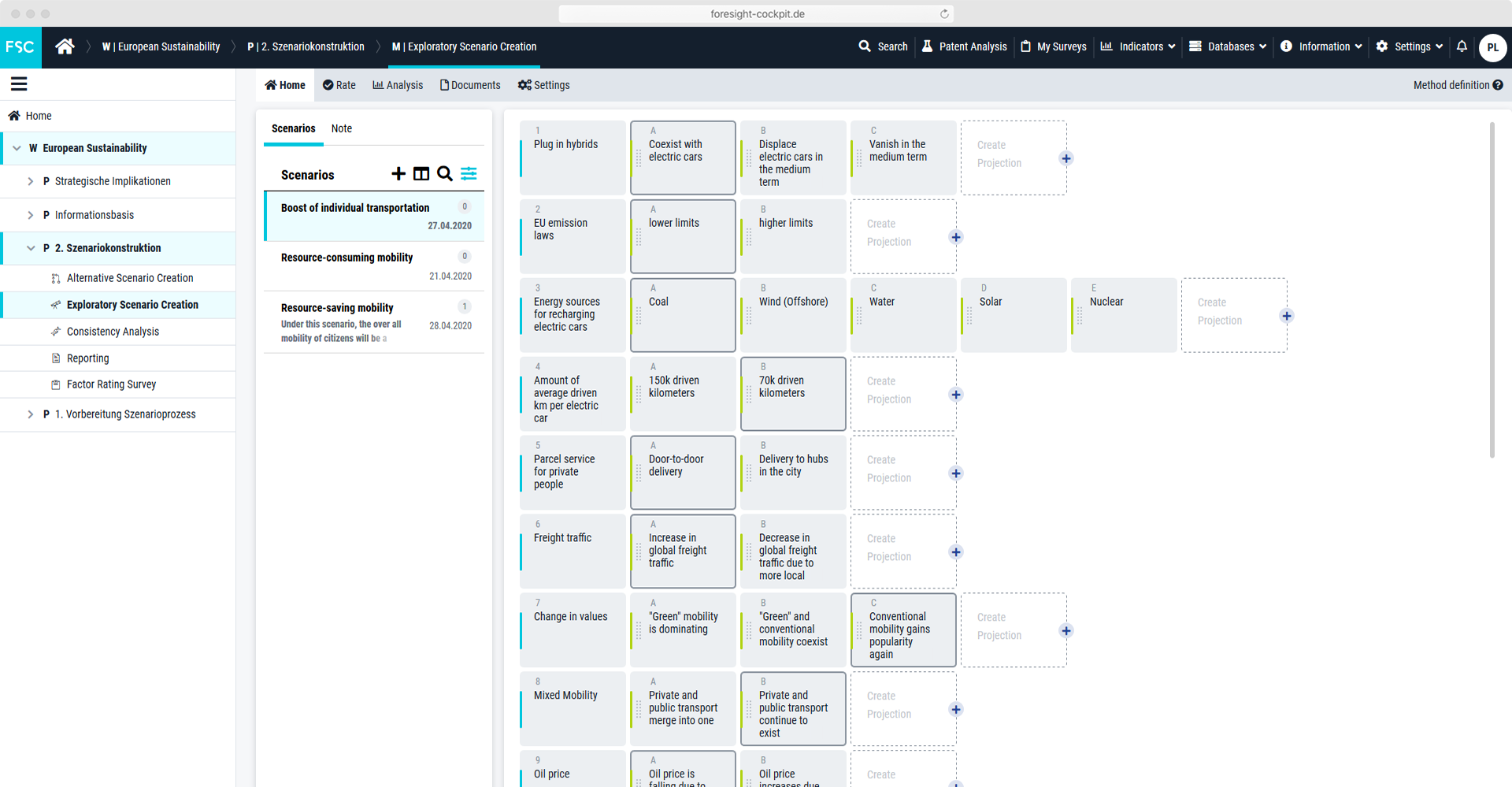
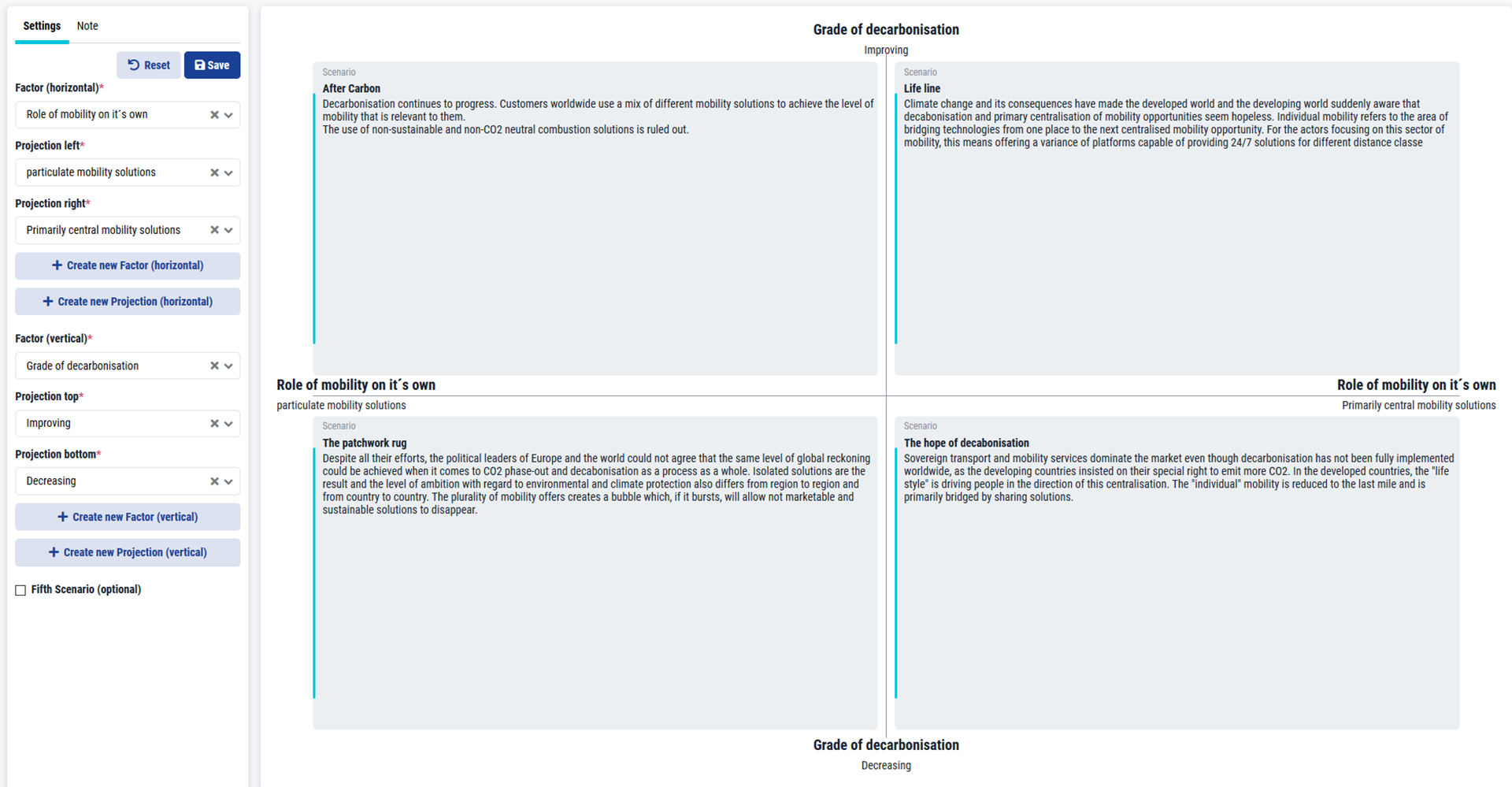
Quick and simple: the four-axis scenario model
Reliable scenarios through collaboration
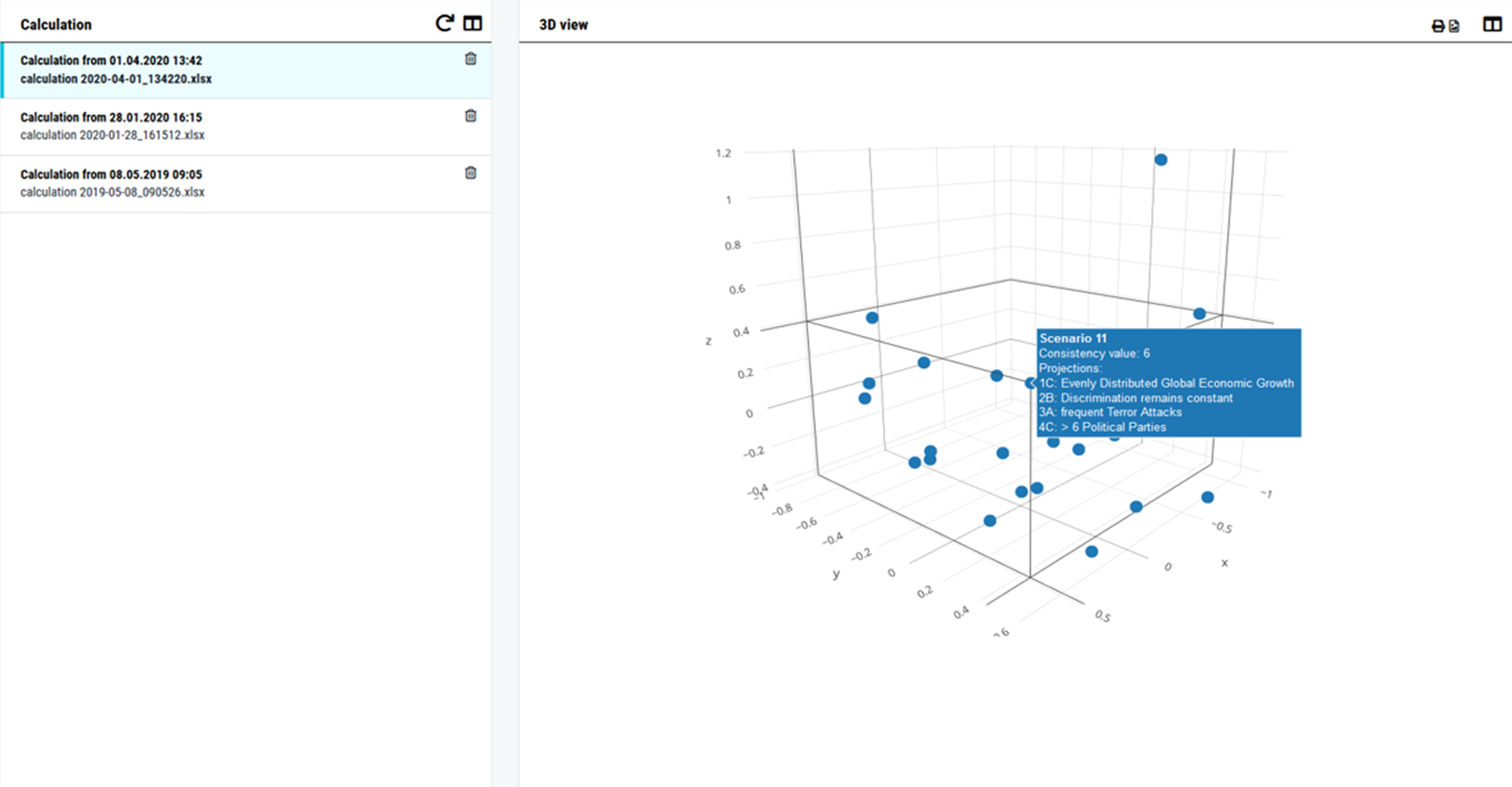
Further features
-
Import pre-existing factors from other projects
-
Consistency Analysis
-
Link scenarios with trends, ideas, and risks
-
Manage, describe and edit scenarios
-
Visualize scenario clusters
Our values in short
-
Cooperative Scenario Management
-
Recognize opportunities and risks to adapt your strategy
-
Browser Add-on and App for faster integration of relevant pieces of information
-
Automated Reporting functions for fast communication
-
Fully supported and trained by our Foresight experts
Designed for your team to create futures
Summary
The scenario management technique allows you to combine ideas about positive and negative changes within individual development factors into comprehensive visions and models to create plausible scenarios.
In practice, this means that possible and probable visions of the future are summarised and developed. Based on such strategic thinking about the future, the strategic evaluation of the identified systems for action is ensured. In this way, future opportunities and risks can be identified. This technique helps to strengthen the integrity of action.
Good scenarios are plausible. But they are all too often novel, challenging and open up new perspectives that need to be analysed in detail and consequently integrated appropriately. By integrating scenario work into internal processes and systems, better decisions can be prepared for the future. Since the effects of possible future developments on a company can be evaluated with the help of the scenario management technique, the corporate strategy can be reviewed and, if necessary, adapted.
Frequently asked questions and answers
Scenario management software is a digital tool that helps businesses to create, analyze, and monitor various scenarios for future developments. It allows users to construct plausible future models to make informed strategic decisions. With the scenario management software from 4strat, different "what-if" scenarios can be developed and evaluated. For example, a company can test the resilience of its strategies against unforeseen events and changes.
4strat's scenario management software is designed to assist organizations in creating, analyzing, and adapting various future scenarios. With our software, you can:
1. Identify weak signals and trends: Our automatic scouting feature keeps you up-to-date.
2. Work flexibly and efficiently: With different scenario construction methods such as alternative and exploratory scenario construction, you can always choose the most suitable method for your needs.
3. Integrated collaboration: Consistency analysis enables collaborative evaluation of consistencies by all relevant team members to create reliable and coherent scenarios.
4. Continuous updating: Sustainable and efficient scenario management requires regular adjustments. With 4strat, you can continuously adapt scenarios and factors to current conditions and insights.
5. Comprehensive support: In addition to state-of-the-art software, 4strat provides full support and training by our foresight experts to ensure you get the most out of your investment.
Absolutely! Our software provides the ability to integrate, link, and analyze organizational knowledge. This allows you to ensure that your future decisions are always well-founded and based on solid data.
Yes, we provide full support and training by our foresight experts to ensure you get the most out of our software.
Scenarios and different visions of the future are used in the context of strategy development when there is a need to react to future market and environmental conditions and to optimise a company’s ability to act. Based on assumptions and analyses of potential influencing factors, forecasts can be made for the future course of a project. In this way it is possible to sharpen the view for future opportunities and risks. The effectiveness of actions can also be strengthened. Good scenarios are plausible, but they are also novel and challenging. Future-proof perspectives and insights are essential in an increasingly fast-moving environment; only in this way can the company successfully shape tomorrow by what it sets out to do today.
A wide variety of scenario techniques are used. There are methods based on trend extrapolations or trend analyses. Systematically formalised scenario techniques and creative narrative scenario techniques are also part of scenario management. As a rule, both the best case – the ideal course under favourable conditions – and the worst case, which shows the development under conceivably unfavourable assumptions, are prepared here.
Global change is taking place at an ever-increasing pace. Some future changes are already foreseeable today, but much uncertainty remains. Human actions can influence these changes both positively and negatively. Although looking at the future is always associated with a fair amount of uncertainty, the scenario technique helps to respond to possible events with foresight. Therefore, it provides a path to successful performance in tomorrow's competitive and market environment, especially when major changes are taking place.

